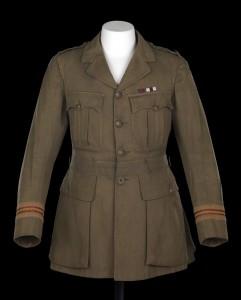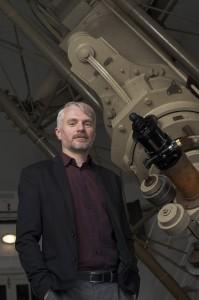Essential Information
| Location |
National Maritime Museum
|
|---|---|
17 Apr 2015
Emily Churchill from our Photo Studio takes you behind the scenes to explore their work and our amazing collection of images.
The Photographic Studio may not be visible to the public but there is always a lot going on behind the scenes. The team consists of photographers, digital imaging officers, a coordinator and volunteers. We get to work with many different departments across the Museum to provide a high quality imaging service that includes studio & location photography, scanning, and printing.
Members of the team regularly work on location to cover events, workshops and to document new galleries and exhibitions. This provides us with an interesting insight into the stories behind the scenes. Throughout the year the studio completes large digitization projects that allow us to make various collections available online for the public. The Picture Library curate a selection of these for image licensing and print sales.
The most recent digitization projects have been related to war commemoration. For the War Artists at Sea digitization project the studio photographed 464 works on paper from multiple war artists in the collection. One of the highlights of the projects was getting to look through every John Kingsley Cook drawing that the Museum had recently acquired.
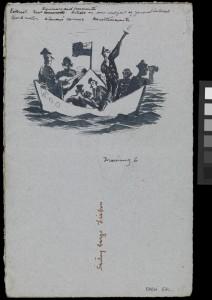
We all had favourites and became very fond of this collection over the weeks it took to digitize his 264 drawings. Later that year we were all honoured to meet Bridget Cook, John Kingsley Cook’s daughter. It was moving to put a personal story to this particular collection and hear more about her father.
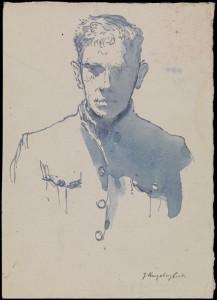
The studio has a contemporary archive of photographic material that includes colour transparencies and negatives; black and white negatives; and glass plates. In researching the history of the studio I found that the photographic archive dates back to 1934. The first photograph is a glass plate negative taken during the restoration of the Queen’s House.
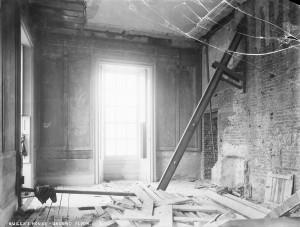
One of the most interesting parts of being the studio coordinator is regularly getting to look through this archive. I frequently find interesting photographs of various sites with one of my favourites being a black and white negative of the restoration of the Meridian Observatory from the 1960s.
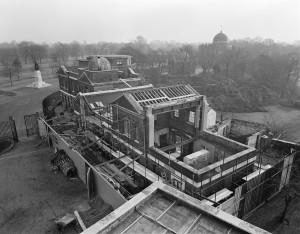
We regularly work with other departments and rely on their expertise. Whenever we are photographing a chronometer in the studio we will always have a Curator of Horology to assist. The curator is able to advise on the various parts of the chronometer and the angles that they want to have photographed.
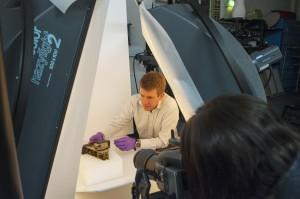
The studio also works closely with the publishing team to ensure that any images going into publications are of high quality. With every publication there is always new photography and scanning to be done. One of the most involved photographic shoots this past year was for a uniform from World War One for Quintin Colville’s publication ‘The British Sailor of the First World War’. The studio was closed a day before the shoot in order to set up; the entire studio space was covered in black velvet to allow complete control of the lighting. The shoot required textile conservators, Nicola and Nora, to prepare the uniforms on mannequins and put conservation tissue in parts of the uniform to bring them to life.
The photographers go on location shoots throughout the year regardless of the weather. Ever the professional, you can’t tell by Marek’s face how cold the Great Equatorial Dome is on a morning in the middle of winter. The shoot required a photographer, a coordinator to assist, an astronomer to move the telescope and a member of the press office to direct the shoot. There was not enough tea to get through this shoot.
The studio is a dynamic place with interesting things always going on. To keep up to date with the latest news from the Photographic Studio follow our Twitter Feed @RMGPhotoStudio.
